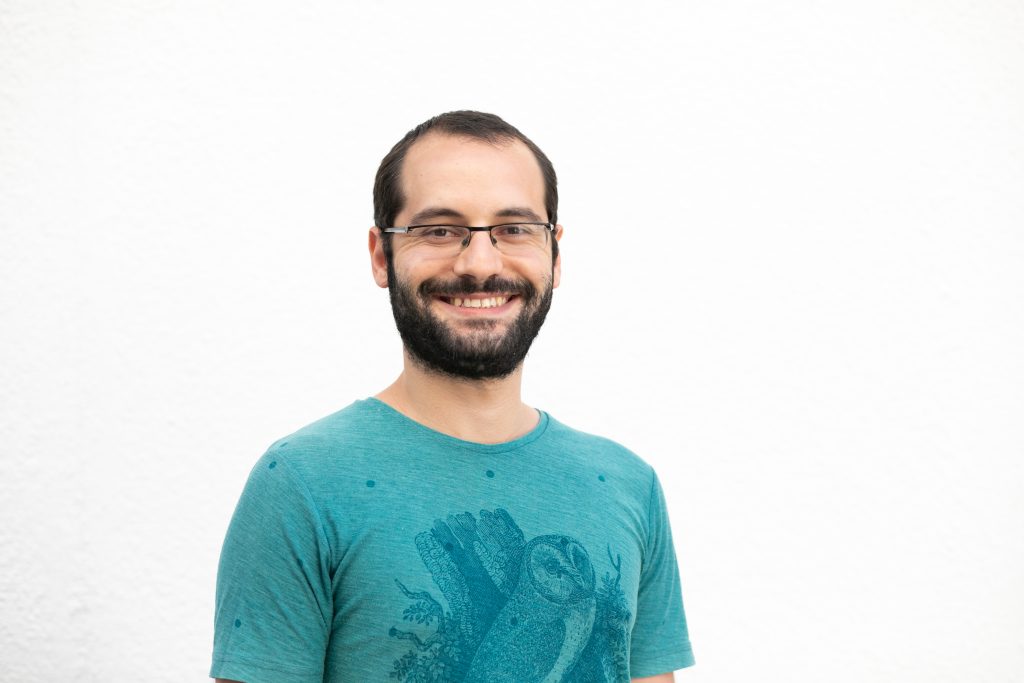מתן פלום
המחלקה לתכנון, ברטלט
הצעת המחקר
My research project proposed to analyse and theoretically explore the Israeli housing block ("shikun" or "shikunim") discourse, as presented in Arieh Sharon Collection of the Azrieli Architectural Archive beginning from Israel’s declaration of independence in 1948 until the establishment of the Ministry of Housing in 1961. Specifically, it aimed to offer a socio-political Mizrahi reading of Arieh Sharon’s work as part of my broader PhD studies at the Bartlett Development Planning Unit, UCL.
By focusing on shikun's representations in the archival collection, this study examined this critical 'starting point' of the shikun discourse and its genealogy. I intended to better understand how the shikun accumulated socio-political meanings, particularly for Middle-Eastern Jews (Mizrahi Jews), and used discursive methods to constitute a spatial logic of "whiteness". More specifically, my research addressed the following main question: How did the foundations of the shikun discourse, as presented in the Arieh Sharon Collection establish the preliminary interlinks between the built environment and "whiteness" in the newly-established State of Israel? The project examined the effect of Israel's spatial development on the broader Middle-Eastern geopolitics. By crossing the shikun's historical, discursive, and cultural origins, my project links, from a Middle-Eastern perspective, Mizrahi Studies and Critical Whiteness Studies, thus highlighting under-researched areas and making a significant contribution to both fields.
I stayed at the Archive for three months (net), March to the end of June, 2023. The items from Sharon's Collection which I have read and viewed fully were: Israel's first masterplan ("Sharon Plan"); Sharon's book "Kibbutz + Bauhaus"; Photos and letters related to the Planning Exhibition (1950); Letters from Sharon to town planners and politicians and vice versa; dozens of Sharon's articles and lectures, some from Yael Aloni's collection, for example: "The planning of Israel: Blueprint for new Israel", "34th conference of AEAI" opening address by Sharon in 1966, "Symposium of AEA Tiberias" in 1955 and many more.
I would like to express again my deepest gratitude to the Azrieli Architectural Archive, its staff and donators for their outstanding support.
מאמרים
Flum, Matan. "Israel’s planning historiography: interrogating spatio-temporal discourse and ‘whiteness.'" Planning Perspectives, https://www.tandfonline.com/doi/full/10.1080/02665433.2024.2424331#abstract
